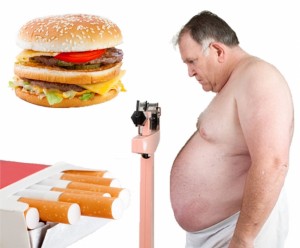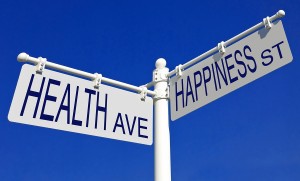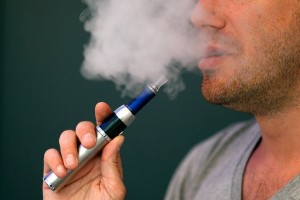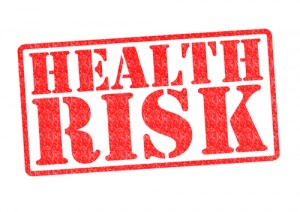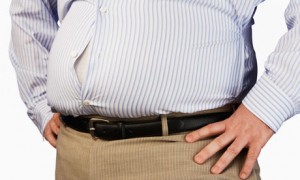 Along with being overweight or obese, the following conditions will put you at greater risk for heart disease and other conditions:
Along with being overweight or obese, the following conditions will put you at greater risk for heart disease and other conditions:
Risk Factors
- High blood pressure (hypertension)
- High LDL cholesterol (“bad” cholesterol)
- Low HDL cholesterol (“good” cholesterol)
- High triglycerides
- High blood glucose (sugar)
- Family history of premature heart disease
- Physical inactivity
- Cigarette smoking
For people who are considered obese (BMI greater than or equal to 30) or those who are overweight (BMI of 25 to 29.9) and have two or more risk factors, it is recommended that you lose weight. Even a small weight loss (between 5 and 10 percent of your current weight) will help lower your risk of developing diseases associated with obesity. People who are overweight, do not have a high waist measurement, and have fewer than two risk factors may need to prevent further weight gain rather than lose weight.
Talk to your doctor to see whether you are at an increased risk and whether you should lose weight. Your doctor will evaluate your BMI, waist measurement, and other risk factors for heart disease.
The good news is even a small weight loss (between 5 and 10 percent of your current weight) will help lower your risk of developing those diseases.

